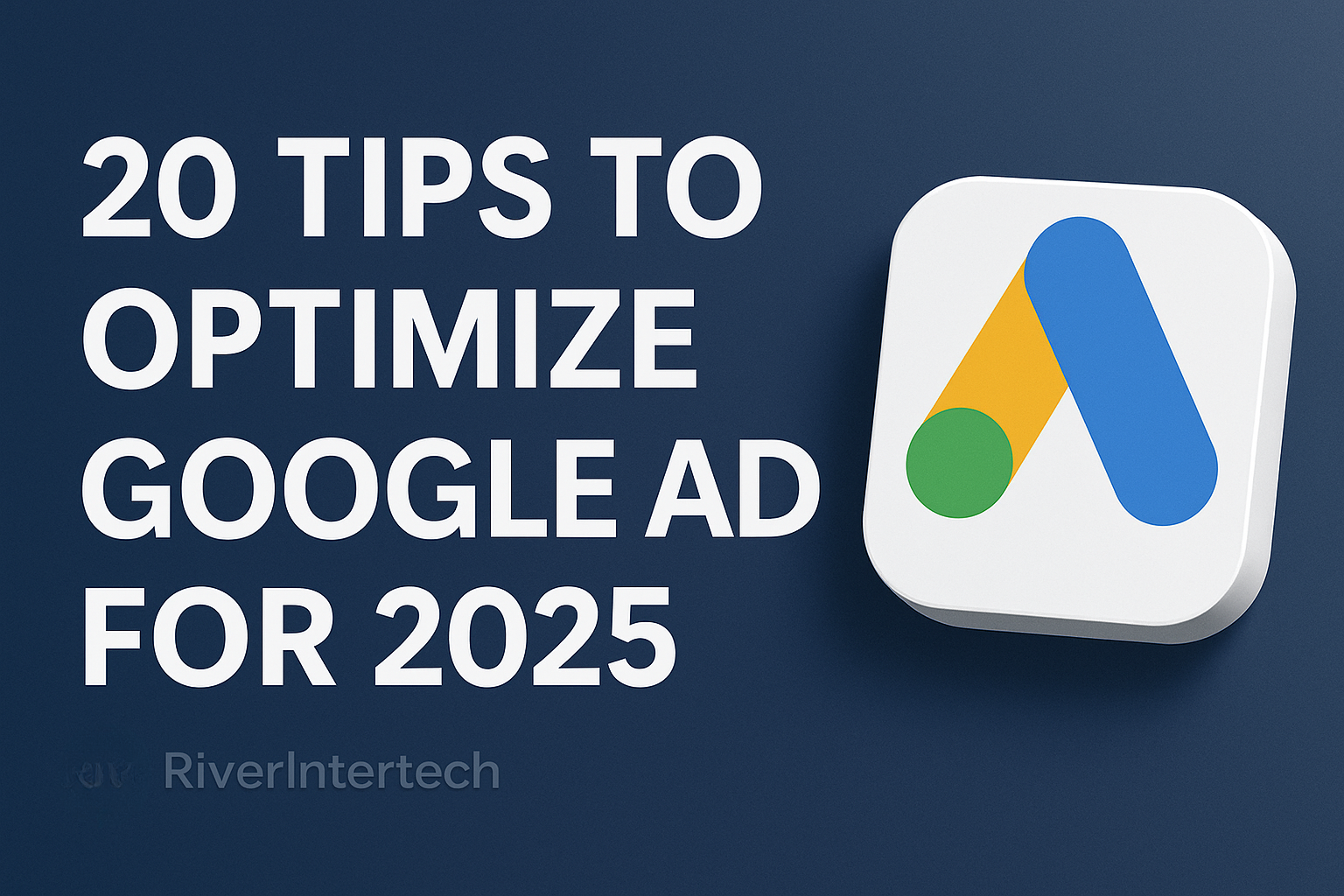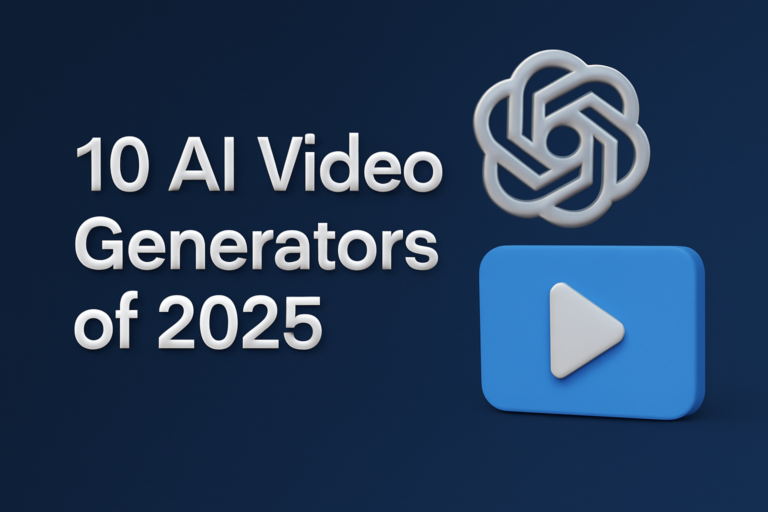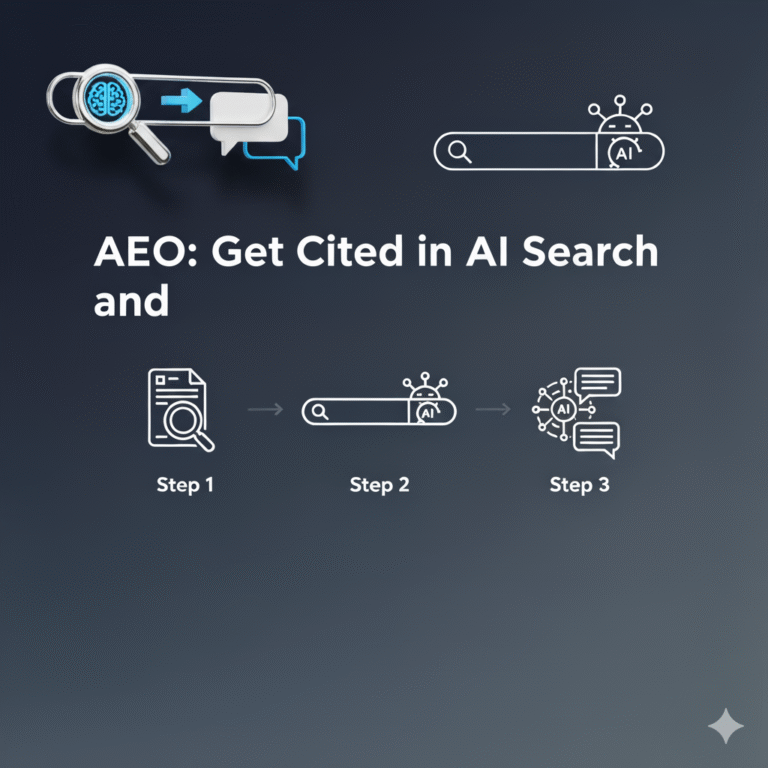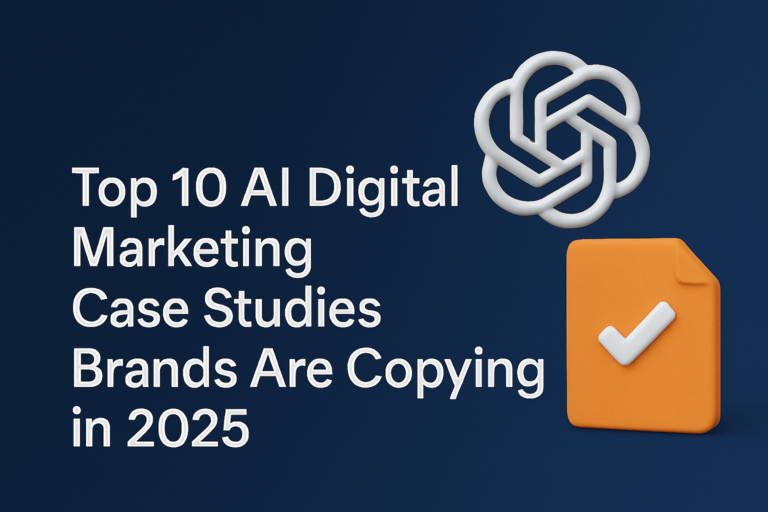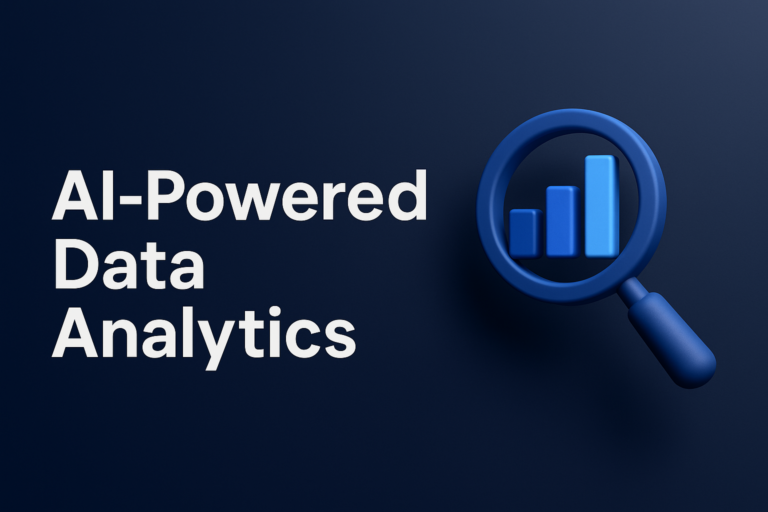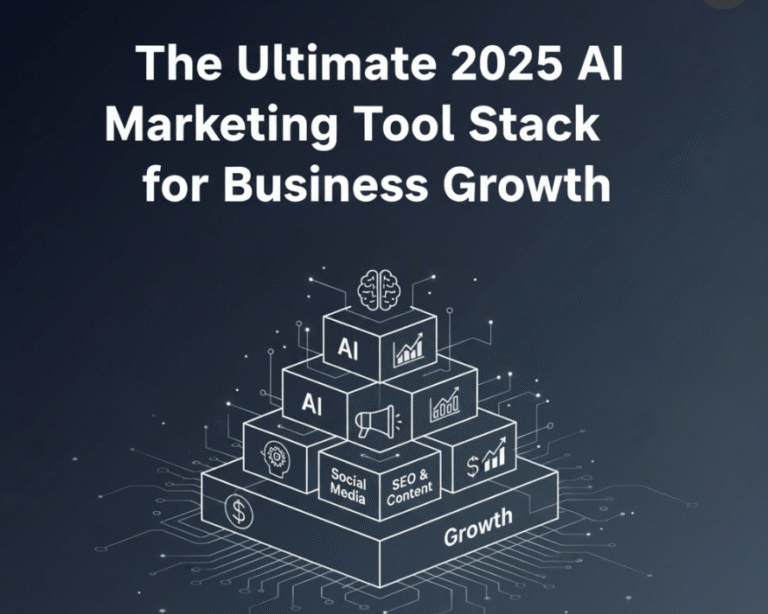How to Optimize Google Ads Campaigns (20 Tips for 2025)
Ever feel like your ad budget disappears but you see little in return? Watching ads rack up clicks without sales is frustrating. I learned this the hard way when my first campaign burned through money in days with no results.
In 2025, Google Ads is smarter, costs are higher, and every wasted dollar hurts more.
Here, you get 20 clear steps to optimize Google Ads, stop the waste, and finally get real results. Inside, you learn how to set goals, pick the right keywords, write ads that connect, and use advanced tips to outsmart the competition. Each tip is direct and easy to follow.
What is Google Ads Optimization, and Why Does It Matter in 2025?
Google Ads optimization means making every part of your ad work better. It is about turning more clicks into real sales, leads, or sign-ups. In 2025, ad costs are up and tools change fast. Running ads without a plan wastes money.
The old way—set and forget—no longer works. Now you need to improve and adjust your campaigns often. That is the only way to stay ahead and make your budget count.
How to Optimize Google Ads Campaigns: Step-by-Step Tips
- Define Clear Campaign Goals
Aim for goals that you can measure. Getting traffic is not enough. Decide what matters: sales, sign-ups, downloads, or calls. Map your goals to where your customers are in the buying process—like awareness, consideration, or conversion. In Google Ads, set up conversion tracking for each goal. This shows what is working and what is not. - Research High-Intent Keywords
High-intent keywords bring people ready to act. Broad keywords get lots of clicks, but not always sales. Use tools like Google Keyword Planner to find buy-focused keywords. Try long-tail phrases—these are more specific and match what real buyers type. Pick match types that fit your needs: broad, phrase, or exact. Always think about what your audience wants when they search. - Build Thematic Ad Groups
Group similar keywords together. Do not put unrelated keywords in one group. This makes your ads more relevant and easy to manage. Better grouping improves your Quality Score and stops you from wasting money on bad clicks, facilitating effective google ads optimisation. - Create Ad Copy That Matches User Intent
Your ad should talk like your audience. Use headlines and descriptions that match what searchers type. Share clear benefits and add a strong call to action, like “Get a Quote” or “Book Now.” Always test two versions of your ad to see what grabs more clicks. - Use Responsive Search Ads Wisely
Responsive search ads let you write many headlines and descriptions. Google mixes these to find the best pair. Only pin headlines if you must keep a message in place. Each month, check which combos work and update your text for better results. - Add Relevant Ad Extensions
Ad extensions give extra info. Add sitelinks, callouts, structured snippets, or image extensions. For example, a plumber can add “Book Online” or “Free Estimate.” Extensions help your ad stand out and can boost click-through and Quality Score. - Optimize Your Landing Pages for Speed and Relevance
Send each ad to a landing page that matches the offer. Make it mobile-friendly and load fast. Repeat your ad’s message on the page. Use one clear call to action so visitors know what to do next. Add trust signals—like reviews or a guarantee—for confidence. - Set Up Proper Conversion Tracking
Track every action that matters—calls, sign-ups, sales. Use Google Tag Manager and link your account to Google Analytics 4. In 2025, not tracking conversions means guessing your results, which wastes budget fast. Optimize your Google Ads for precise data. - Use Negative Keywords to Cut Waste
Negative keywords stop your ad from showing on bad searches. If you sell premium products, block words like “cheap” or “free.” Run a search term audit often. Add any new negative keywords found to avoid wasting money. - Choose the Right Bidding Strategy
You can pick manual or automated bidding. Manual gives control, but takes more time. Automated options like “Maximize Conversions,” “Target CPA,” or “Target ROAS” work well once you have enough data. Start manual, then switch to smart bidding as your campaign grows. Implementing effective digital advertising strategies in your planning ensures success. - Adjust Bids by Device, Time, and Location
Check if your ads work better on mobile or desktop. Adjust bids to show more where you perform best. Use dayparting to spend more during peak times. If you only serve a city or state, cut wasted spend with geo-targeting. - Test Everything (A/B Testing)
Test headlines, ad text, landing pages, and even images. Google Ads lets you set up experiments. Let tests run for at least two weeks to get clear results. Keep what works, swap out what does not. - Monitor Key Performance Metrics
Watch your click-through rate (CTR), conversion rate, Quality Score, cost per action (CPA), and return on ad spend (ROAS). Check reports weekly. Change what is not working to improve results. Using PPC tips effectively will also enhance these metrics over time. - Use Audience Segmentation and Retargeting
Layer in audiences like in-market or remarketing lists. This lets you target people who already know your brand or act a certain way. Try similar (lookalike) audiences to reach new, but related, users. Custom segments work for special cases. - Keep Your Ads Fresh
Ads get old. If people see them too much, they stop clicking. Refresh your headlines and offers often. Set a schedule—every month, pause underperforming ads and add new ideas. - Combine SEO and PPC for Stronger Results
When your landing pages are SEO-optimized, your ad score improves and your cost per click drops. Cross-link between your paid and organic content. Users trust brands they see in both places. - Keep Up with Google Ads Updates
Features and rules change often. Join Google Ads forums or sign up for email alerts. This way, you spot new tools early and use them before others. - Avoid Common Pitfalls
Do not run ads without tracking conversions. Make sure your landing pages work on mobile. Focus on results, not just clicks. Avoid vanity metrics like impressions if they do not lead to sales. - Use Tools for Smarter Optimization
Try keyword tools for better research. Use bid tools and reporting dashboards to see all your data in one spot. Good tools save time and show what is working fast. - Review, Learn, and Repeat
Google Ads work best when you keep improving. Set a monthly review. Look for what worked, test something new, and always aim higher.
Tips and Reminders for Google Ads Optimization
- Match your ad and landing page with your main keyword and what the user wants.
- Pause ads that do not work and test new ideas often.
- Track every action that matters. Focus on real leads and sales, not just clicks.
Frequently Asked Questions (FAQs)
How do I know which bidding strategy is best?
Check your data. Manual bidding is best early on. As you gather conversions, switch to automated strategies like Target CPA for better results.
What are the top negative keywords to add first?
Block words like “free,” “cheap,” or anything that does not match your offer. Review your search term report weekly for new ones.
How do I connect Google Ads to Google Analytics 4?
Go to Google Ads settings, click on Linked Accounts, and connect to your GA4 property. This lets you see the full journey from ad click to sale.
What is the easiest way to test ad copy?
Use Google Ads Experiments to run two ads side by side. Let them run for at least two weeks, then pick the winner.
How often should I update my ads and keywords?
Check your campaigns every week. Refresh ads and keywords at least once a month to avoid ad fatigue and find new winners, an essential part of PPC tips.
Conclusion
To win with Google Ads in 2025, you need to plan each step. From picking the right keywords to tracking real results, each tip helps you stop losing money and start seeing gains.
Success comes from testing, learning, and adjusting. If you keep at it, you will see better returns, month after month.

